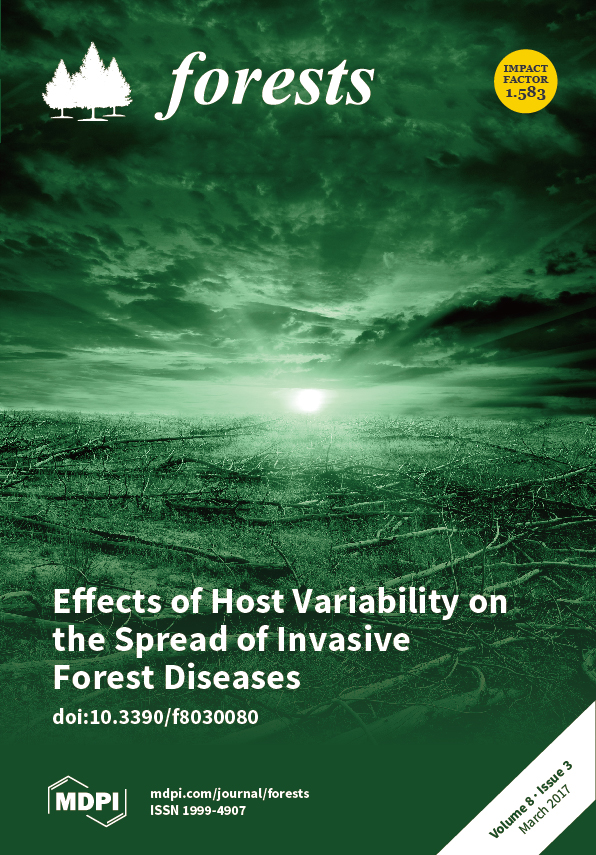1
Research Center for Integrated Analysis and Territorial Management, University of Bucharest, 4-12 Regina Elisabeta Avenue, 030018 Bucharest, Romania
2
Research Institute of the University of Bucharest, 36-46 Mihail Kogălniceanu Blvd, 050107 Bucharest, Romania
3
Department of Geosciences and Natural Resource Management, University of Copenhagen, Oster Voldgade 10, DK-1350 Copenhagen, Denmark
4
Centre for Physiological Medicine, Institute of Biophysics, Medical University of Graz, 8010 Graz, Austria
5
Faculty of Geography, University of Bucharest, 1, Nicolae Bălcescu Blvd, 010041 Bucharest, Romania
6
Laboratory of Cancer Cell Biology, Institute for Oncology and Radiology, Pasterova 14, 11000 Belgrade, Serbia
7
Council for Agricultural Research and Economics (CREA)-Research Center for Politics and Bioeconomy, Street Po 14, 00198 Rome, Italy
8
Laboratory of Applied Ecology, Faculty of Agronomic Sciences, University of Abomey-Calavi, 01 BP 526 Cotonou, Benin
Abstract
Deforestation and forest degradation have several negative effects on the environment including a loss of species habitats, disturbance of the water cycle and reduced ability to retain CO
2, with consequences for global warming. We investigated the evolution of forest resources from
[...] Read more.
Deforestation and forest degradation have several negative effects on the environment including a loss of species habitats, disturbance of the water cycle and reduced ability to retain CO
2, with consequences for global warming. We investigated the evolution of forest resources from development regions in Romania affected by both deforestation and reforestation using a non-Euclidean method based on fractal analysis. We calculated four fractal dimensions of forest areas: the fractal box-counting dimension of the forest areas, the fractal box-counting dimension of the dilated forest areas, the fractal dilation dimension and the box-counting dimension of the border of the dilated forest areas. Fractal analysis revealed morpho-structural and textural differentiations of forested, deforested and reforested areas in development regions with dominant mountain relief and high hills (more forested and compact organization) in comparison to the development regions dominated by plains or low hills (less forested, more fragmented with small and isolated clusters). Our analysis used the fractal analysis that has the advantage of analyzing the entire image, rather than studying local information, thereby enabling quantification of the uniformity, fragmentation, heterogeneity and homogeneity of forests.
Full article





